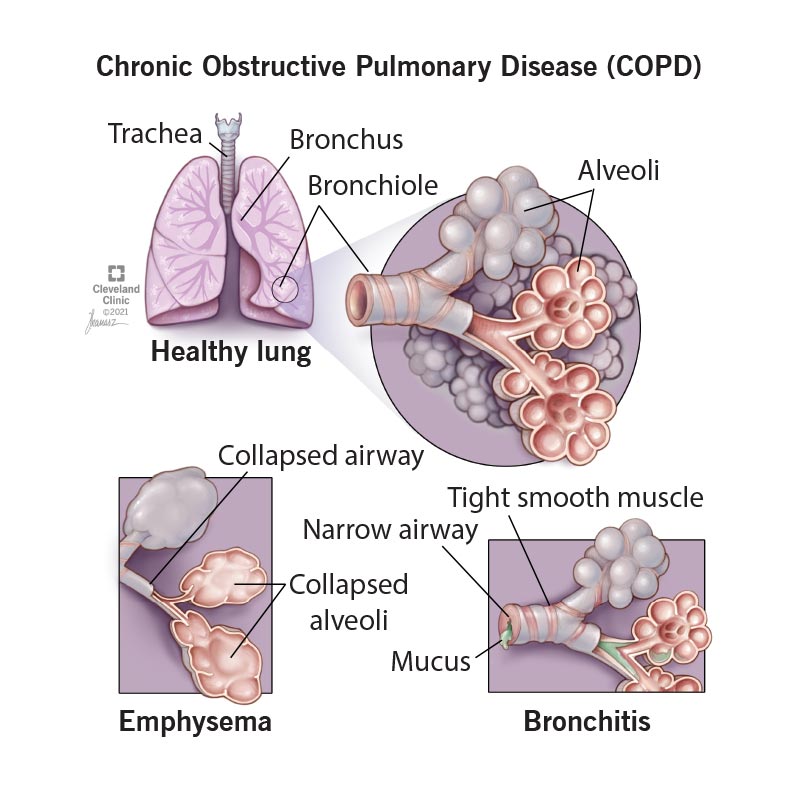Which laboratory result of a preoperative client should the nurse report to the surgeon’s office, knowing that it could cause surgery to be postponed?
Hemoglobin, 8.0 g/dL
Serum creatinine, 0.8 mg/dL
Platelets, 210,000/mm³
Sodium, 144 mEq/L
The Correct Answer is A
Choice A reason:
Hemoglobin, 8.0 g/dL: Hemoglobin is a critical component of red blood cells, responsible for carrying oxygen throughout the body. Normal hemoglobin levels typically range from 13.8 to 17.2 g/dL for men and 12.1 to 15.1 g/dL for women1. A level of 8.0 g/dL is significantly below the normal range, indicating anemia. Severe anemia can increase the risk of perioperative complications, including poor wound healing, increased risk of infection, and cardiovascular stress. Therefore, this result should be reported to the surgeon as it may necessitate postponing the surgery until the anemia is addressed.
Choice B reason:
Serum creatinine, 0.8 mg/dL: Creatinine is a waste product produced by muscles and filtered out of the blood by the kidneys. Normal serum creatinine levels range from 0.74 to 1.35 mg/dL for men and 0.59 to 1.04 mg/dL for women. A level of 0.8 mg/dL falls within the normal range, indicating normal kidney function. Therefore, this result would not typically cause surgery to be postponed.
Choice C reason:
Platelets, 210,000/mm³: Platelets are essential for blood clotting. Normal platelet counts range from 150,000 to 400,000/mm³. A count of 210,000/mm³ is within the normal range, indicating adequate clotting ability. Thus, this result would not be a reason to postpone surgery.
Choice D reason:
Sodium, 144 mEq/L: Sodium is an essential electrolyte that helps regulate fluid balance, nerve function, and muscle contractions. Normal sodium levels range from 135 to 145 mEq/L. A level of 144 mEq/L is within the normal range, indicating normal electrolyte balance. Therefore, this result would not typically cause surgery to be postponed.
Nursing Test Bank
Naxlex Comprehensive Predictor Exams
Related Questions
Correct Answer is B
Explanation
Choice A reason: Elevating the client’s head of the bed to 45 degrees is important for promoting optimal lung expansion and reducing the risk of aspiration. However, it is not the first priority when preparing for tracheostomy care. Ensuring adequate oxygenation is more critical in the immediate preparation phase.
Choice B reason: Hyper-oxygenating the client using an Ambu bag is the first priority. This step is crucial to ensure that the client has sufficient oxygen reserves before the tracheostomy care procedure begins. Hyper-oxygenation helps prevent hypoxia during suctioning, which can be particularly important for clients with COPD who may already have compromised respiratory function.
Choice C reason: Opening the suction and tracheostomy kits is necessary for the procedure, but it should be done after ensuring the client is adequately oxygenated. Preparing the equipment is important, but patient safety and oxygenation take precedence.
Choice D reason: Suctioning the client using aseptic technique is a critical part of tracheostomy care to maintain a patent airway and prevent infection. However, this should be done after the client has been hyper-oxygenated to ensure they are stable and to minimize the risk of hypoxia during the procedure.

Correct Answer is C
Explanation
Choice A reason: Avoiding more time-outs in the OR is not the primary purpose of pre-operative teaching. Time-outs are a safety protocol used in the operating room to ensure that the correct procedure is being performed on the correct patient. While pre-operative teaching can contribute to overall surgical safety, its main goal is not to reduce the number of time-outs.
Choice B reason: Understanding the informed consent is an important aspect of pre-operative teaching, but it is not the primary purpose. Informed consent ensures that the patient is aware of the risks, benefits, and alternatives to the procedure. Pre-operative teaching encompasses a broader range of information, including what to expect before, during, and after surgery.
Choice C reason: Achieving better post-operative outcomes is the primary purpose of pre-operative teaching. Educating patients about their surgery, recovery process, and self-care can significantly improve their post-operative outcomes. This includes reducing anxiety, pain, and complications, as well as shortening hospital stays and enhancing overall recovery. Pre-operative education empowers patients to take an active role in their recovery, leading to better health outcomes.
Choice D reason: Reinforcing that collaborative care is essential is a component of pre-operative teaching, but it is not the primary purpose. Collaborative care involves the coordination of various healthcare professionals to provide comprehensive care to the patient. While pre-operative teaching can highlight the importance of teamwork, its main focus is on preparing the patient for surgery and recovery.
Whether you are a student looking to ace your exams or a practicing nurse seeking to enhance your expertise , our nursing education contents will empower you with the confidence and competence to make a difference in the lives of patients and become a respected leader in the healthcare field.
Visit Naxlex, invest in your future and unlock endless possibilities with our unparalleled nursing education contents today
Report Wrong Answer on the Current Question
Do you disagree with the answer? If yes, what is your expected answer? Explain.
Kindly be descriptive with the issue you are facing.
